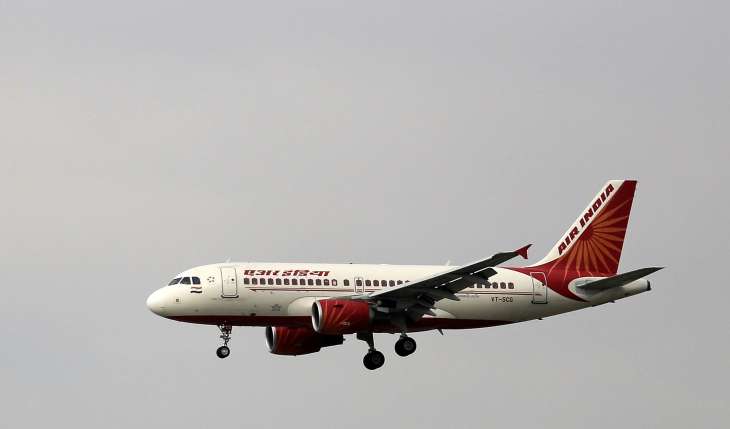
Summer 5.0: After four successful rounds of bidding, Ministry of Civil Aviation launched the 5th round of Regional Connectivity Scheme (RCS) – Ude Desh Ka Aam Nagrik (UDAN) to further enhance and achieve connectivity in remote and regional areas of the country Is. Last Mile Connectivity. Viability gap funding has been increased to 600 km from the earlier 500 km. The stage length cap of 600 km has been removed – no restriction on the distance between the origin and destination of the flight.
Key Features of Udaan 5.0:
- This round of UDAN is focused on Tier-II (20-80 seats) and Tier-III (>80 seats).
- The first leg length limit of 600 km has been waived and there is no restriction on the distance between the origin and destination of the flight.
- The Viability Gap Funding (VGF) to be provided will be capped at a phase length of 600 km for both priority and non-priority sectors which was earlier capped at 500 km.
- No predetermined route will be offered. Only network and individual route proposals offered by the airlines will be considered.
- Airlines will have to submit an action/business plan 2 months after the issue of LOA, in which they will present their aircraft acquisition plan/availability of aircraft, crew, slots etc. at the time of technical proposal.
- The same route shall not be awarded more than once to the same airline, whether in different networks or within the same network.
- The exclusivity will be withdrawn if the average quarterly PLF for four consecutive quarters exceeds 75% to prevent monopolistic exploitation on a route.
- To further encourage prompt operations, 25% of the Performance Guarantee will be encashed for each month of delay up to 4 months.
- Airlines will have to start operations within 4 months of being granted the route. Earlier this time limit was 6 months.
- A list of airports which are ready for operation or will be ready for operation soon have been included in the scheme to facilitate expeditious operationalization of routes under the scheme.
- The innovation process for routes from one operator to another has been simplified and encouraged.
Commenting on the launch of UDAN 5.0, Union Minister Jyotiraditya Sinda said, “UDAN has proved to be a lifeline for many sectors, which are now well connected to places across the country. This new and robust version of the plan will pick up the pace, add new routes, and bring us closer to the target of operationalizing 1000 routes and 50 additional airports, heliports and water airports in the near future. Now every common citizen of the country will fly!”
about flight planning
The UDAN scheme aims to connect small and medium-sized cities with major cities through air service. UDAN was aimed at fulfilling the desire of the common citizen to fly. Airlines compete for air routes and participate in bids. The contract is awarded to the airline that bids the lowest subsidy. The plan was to put India’s smaller cities on the aviation map by encouraging airlines to fly on regional routes. The government released the National Civil Aviation Policy for the first time in 2016 and the UDAN scheme was the most essential component of this policy. In April 2017, Prime Minister Narendra Modi launched the first flight between Shimla and Delhi under the UDAN scheme.
UDAN scheme has benefited a diverse set of stakeholders. Passengers have got the benefit of air connectivity, airlines have got concessions to operate regional routes, unserved areas have got direct and indirect benefit of air connectivity for their economic development. This is another step towards the Prime Minister’s vision of the common man traveling by air at affordable and subsidized air fares.